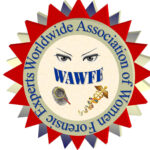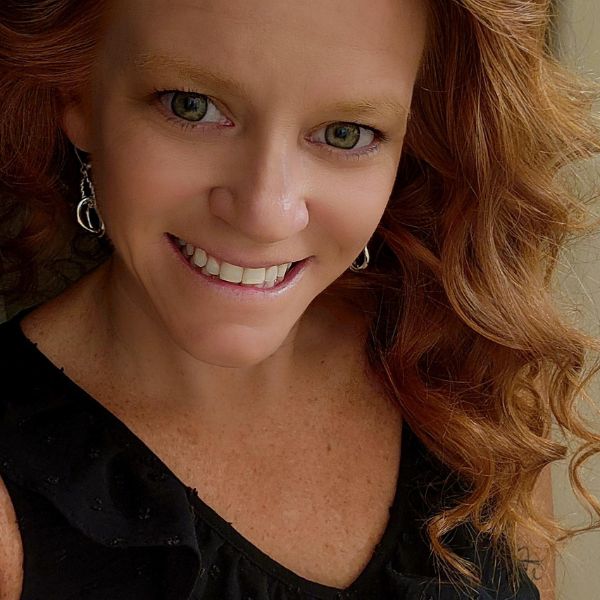Mandi Van Buren
DNA Analyst, DNA Labs International (DLI)
Mandi Van Buren began her forensic career at the Utah Bureau of Forensic Services and now has over 15 years of experience as a DNA analyst in forensic casework, crime scene processing and 7 years as a drug chemist. Beyond casework, her expertise is in advanced DNA technologies such as next generation sequencing (NGS) and probabilistic genotyping including validations, implementation, training and expert testimony.



